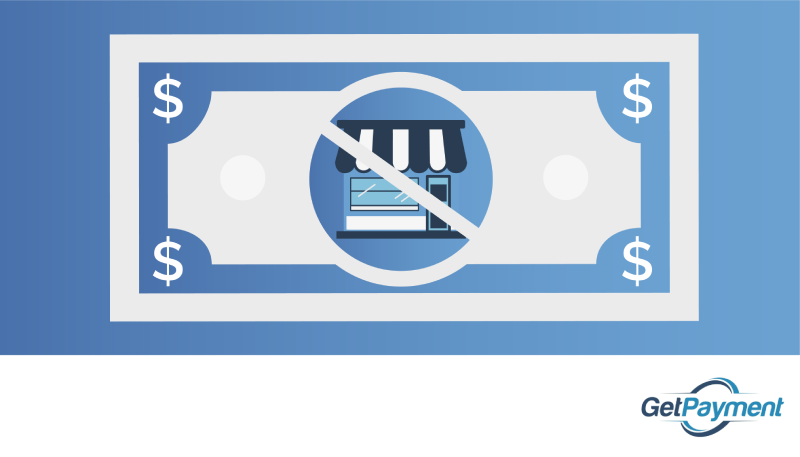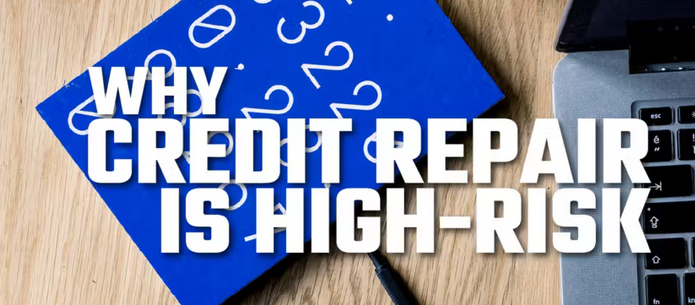As a store owner, you work hard to run a successful business. You have enough responsibility on your plate without worrying about whether your payment processor will randomly shut down your account.
Yet, we’ve seen it happen time and time again: unsuspecting business owners wake up to find their deposits frozen and their payment gateways shut down.
Why? Because their payment processor decided they were too high-risk to continue servicing.
Ouch.
This typically occurs when merchants work with big-name payment processors, like Stripe or PayPal. Although Stripe might make sense for a specific type of merchant, it certainly isn’t a good (or even viable) option for everyone.
Fortunately, even as one of Stripe’s prohibited businesses, you aren’t out of options. Whether Stripe denied your application or shut down your account unexpectedly, we’ll walk you through what to do next so you can get your business back up and running ASAP.
Why Would High-Risk Merchants Try to Use Stripe in the First Place?
If there’s so much risk involved, why do some merchants still choose Stripe for their payment gateway? As one of the biggest names in payment processing, Stripe is often among the first options people think of when they’re looking for a payment gateway. However, as plenty of business owners eventually discover, bigger does not mean better in the payment processing world.
In most cases, merchants don’t even realize they’re one of Stripe’s prohibited businesses until it’s too late. They might open an account and start accepting payments, only to get flagged and tossed aside when Stripe decides they’re too high-risk to support.
Most of these store owners are blindsided. From their perspective, business is going well–until suddenly, often in the middle of a growth spike, their deposits are frozen.
If you’re a new business owner in the process of setting up a payment gateway, you can prevent this from happening to you by working the right type of payment processor from the get-go. Do your research and choose a merchant services provider (MSP) that will support your business no matter what.
What Does It Mean to Be One of Stripe’s Prohibited Businesses?

There’s nothing worse than realizing your deposits are being held hostage by your payments processor. Yet, this is a horror story that too many business owners have lived through. Merchants who are banned by Stripe might find that their deposits are frozen for months at a time.
If you’ve found yourself in this situation, you’re likely scrambling to get your business back online but don’t know where to start. We know how you feel and have helped many business owners recover from this exact scenario.
If your account was recently banned (or you didn’t qualify to open one in the first place), this guide will tell you how to run a successful store as one of Stripe’s prohibited businesses. Keep reading to learn about why your business was banned by Stripe and explore your options for moving forward.
Who Is Affected by Stripe’s Restrictions?
There are quite a few reasons Stripe might decline to work with your business. You’re at a higher risk of being declined or having your account shut down if:
- Stripe doesn’t support merchants in your country;
- You want to accept currencies other than US dollars;
- Your business is considered a financial risk due to chargebacks;
- The majority of your transactions are submitted via virtual terminal (i.e., card-not-present transactions whereby you enter the car data manually); or
- Stripe doesn’t support your industry.
If you serve any of the following industries, Stripe can instantly deny or ban your account. These are just some of Stripe’s prohibited businesses by niche.
- CBD products and related businesses
- Tobacco and e-cigarettes
- Adult entertainment
- Subscription services (including SaaS)
- Financial institutions
- Insurance providers
- Phone services
- Gambling, auctions, and sweepstakes (including charity sweepstakes)
- Certain legal services
- Nutraceuticals
- Remote tech support
- Telehealth and telemedicine
- Travel, including airlines, clubs, cruises, and timeshares
- Door-to-door sales
For more details, you can see the full list for restricted businesses for yourself on Stripe’s website.
What to Do If Stripe Flags You as a Prohibited Business
So, Stripe banned your merchant account – now what? First of all, we’re sorry you’re in this position. As frustrating as this experience is, it’s important to know that this is not the end of the line for your business. There are more reliable payment processors and gateways that cater to high-risk merchants (including Stripe’s prohibited businesses).
The steps outlined below will help you find a merchant services partner who can offer the help and services you need, so you can move forward and get your store back in business in no time.
Step 1: Accept the reality of your situation.
Unfortunately, in most cases, Stripe’s decision to ban your business is final. They have so many clients that banning you won’t have much of an impact on them. Plus, even if they did agree to give you a second chance, you’ve now experienced the unfair treatment they give to high-risk merchants. In the wise words of Maya Angelou: “When someone shows you who they are, believe them the first time.”
So, rather than appealing or wasting time tracking down their support team to demand an explanation, you can save yourself the hassle (and headache) by accepting their decision and moving on to the next steps.
Step 2: Prioritize your business goals.
Instead of letting your frustration get you down, turn it into motivation. You do have alternative payment processors at your disposal, but it’s important to choose a merchant services provider that supports your unique business needs.
If you’re not sure how to choose the right MSP, consider the factors most important to your business. For instance, as a high-risk business, you’ll want to work with an MSP that specializes in high-risk, high-growth merchant accounts. You should also consider how long it takes to get approved, turnaround times for deposits, the level of support provided, and fee structure.
Step 3: Compare your options.
Once you define your business goals, it’s time to find an MSP that serves those needs. To start accepting payments as quickly as possible, we recommend choosing an MSP that specializes in high-risk accounts, can provide a dedicated merchant account for your business, and guarantees fast approval.

Step 4: Apply for an account.
Stripe’s prohibited businesses can thrive with the support of a high-risk MSP like GetPayment.
We specialize in high-risk merchant accounts and will set up a dedicated merchant account to keep your deposits flowing, no matter what.
Fill out our contact form today and we’ll provide you with a free merchant account analysis. We’ll speak to you to learn about the current state of your business, your growth goals, and how we can support you with a custom merchant solution. This information will allow us to set up a dedicated merchant account that aligns with your business goals.
Step 5: Get approved.
We know how eager you are to start accepting payments and receiving deposits again. After all, the longer your payment gateway is down, the more revenue you’ll lose out on. When you contact GetPayment, you know you’ll hear back from our team within 4-12 hours. Our goal is to get your business back up and running again, fast – so we won’t leave you hanging.
Step 6: Start accepting payments.
Congratulations! Once your business is approved, you’re good to go. We’ll set you up with a dedicated merchant account from the start, so you’ll never have to worry about your accounts getting frozen or closed. You can integrate your new merchant account wherever you collect payments.
Get Back in Business Faster with GetPayment
If you’re one of Stripe’s prohibited businesses, we’re here to help. Whether your application was denied or your payment gateway was suddenly shut down, GetPayment will work to get you back on your feet quickly.
We offer next-day funding and support all business types, including nutraceuticals, ecommerce, CBD, and high-risk verticals. Whether you use Shopify, Magento, or WooCommerce, our payment processing solutions integrate with your online store.
Unlike Stripe and other traditional payment processors, GetPayment provides you with a dedicated merchant account. We’ll work with you to create a custom payment processing solution that you can rely on – so you’ll never have to worry about business deposits getting frozen or confiscated again.
Ready to get your business back online? Contact us today to set up a free call with our experts.




